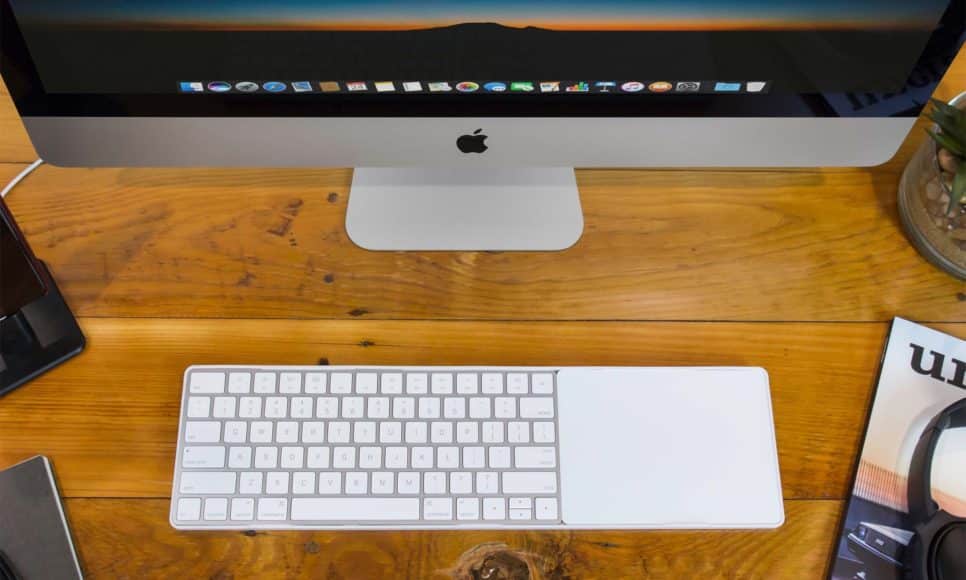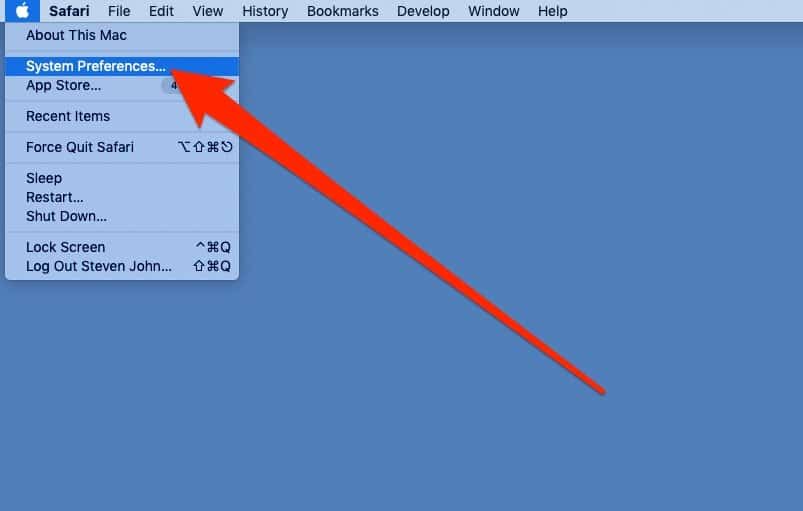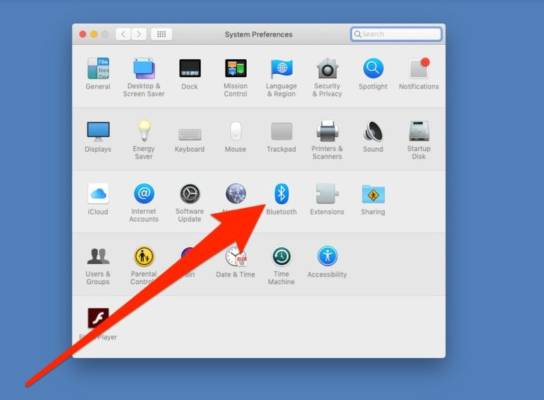Do you wish to just relax on your couch and type on your Mac from across the room? Or you just want to make use of a new keyboard? Then we have a simple way to make this happen. Connecting a wireless keyboard to a Mac computer is actually very easy.
A wireless keyboard can be connected to a Mac desktop computer like an iMac or Mac Mini or even a MacBook laptop. If the connection of a keyboard to a MacBook occurs, the laptop’s built-in keyboard will be accessible and you can use any of the two you prefer.
How Can I Connect A Wireless Keyboard To My Mac?
- Activate the wireless keyboard.
- Tap the Apple logo at the top left corner of the screen and tap “System Preferences.”
You Might Also Want To Read- How To Protect Any Folder On A Mac Computer With A Password?
- Tap the Bluetooth icon to head to the pairing screen.
- Put the keyboard into active pairing mode. Doing this will depend on the keyboard, therefore check the specific instructions for your kind of keyboard.
- As soon as the device’s name is visible on the screen in the Bluetooth window, tap it.
You Might Also Want To Read- How To Change The Lock Screen On Your Mac?
You will now need to click several keys on the wireless keyboard for your PC to recognize it. Tap the Z key and the question mark (?) key more.
When you are done with this process, your wireless keyboard will pair with your Mac and that is mission accomplished.
More Information About Your Mac
The Macintosh is a family of personal computers designed, manufactured and sold by Apple Inc. since January 1984.
The original Macintosh was the first mass-market personal computer that featured a graphical user interface, built-in screen and mouse. (Although the Sinclair QL became available one month before the Macintosh family and thus was technically the first home computer with a graphical user interface, the QL never attained widespread commercial success.) Apple sold the Macintosh alongside its popular Apple II family of computers for almost ten years before they were discontinued in 1993.
Early Macintosh models were expensive, hindering its competitiveness in a market dominated by the Commodore 64 for consumers, as well as the IBM Personal Computer and its accompanying clone market for businesses. Macintosh systems found success in education and desktop publishing and kept Apple as the second-largest PC manufacturer for the next decade. In the early 1990s, Apple introduced the Macintosh LC II and Color Classic which were price-competitive with Wintel machines at the time. However, the introduction of Windows 3.1 and Intel’s Pentium processor which beat the Motorola 68040 in most benchmarks gradually took market share from Apple, and by the end of 1994 Apple was relegated to third place as Compaq became the top PC manufacturer. Even after the transition to the superior PowerPC-based Power Macintosh line in the mid-1990s, the falling prices of commodity PC components, poor inventory management with the Macintosh Performa, and the release of Windows 95 saw the Macintosh user base decline.
Prompted by the returning Steve Jobs’ belief that the Macintosh line had become too complex, Apple consolidated nearly twenty models in mid-1997 (including models made for specific regions) down to four in mid-1999- The Power Macintosh G3, iMac, 14.1″ PowerBook G3, and 12″ iBook. All four products were critically and commercially successful due to their high performance, competitive prices and aesthetic designs, and helped return Apple to profitability. Around this time, Apple phased out the Macintosh name in favor of “Mac”, a nickname that had been in common use since the development of the first model. Since their transition to Intel processors in 2006, the complete lineup is Intel based. Its current lineup includes four desktops (the all-in-one iMac and iMac Pro, and the desktop Mac Mini and Mac Pro), and two laptops (the MacBook Air and MacBook Pro). Its Xserve server was discontinued in 2011 in favor of the Mac Mini and Mac Pro.
Apple has also developed a series of Macintosh operating systems. The first versions initially had no name but came to be known as the “Macintosh System Software” in 1988, “Mac OS” in 1997 with the release of Mac OS 7.6, and retrospectively called “Classic Mac OS”. In 2001, Apple released Mac OS X, a modern Unix-based operating system which was later rebranded to simply OS X in 2012, and then macOS in 2016. The current version is macOS Mojave, released on September 24, 2018. Intel-based Macs are capable of running non-Apple operating systems such as Linux, OpenBSD, and Microsoft Windows with the aid of Boot Camp or third-party software. Apple also produced a Unix-based operating system for the Macintosh called A/UX from 1988 to 1995, which closely resembled contemporary versions of the Macintosh system software. Apple does not license macOS for use on non-Apple computers, however System 7 was licensed to various companies through Apple’s Macintosh clone program from 1995 to 1997. Only one company, UMAX Technologies was legally licensed to ship clones running Mac OS 8. Since Apple’s transition to Intel processors, there is a sizeable community around the world that specialises in hacking macOS to run on non-Apple computers, which are called “Hackintoshes”.




